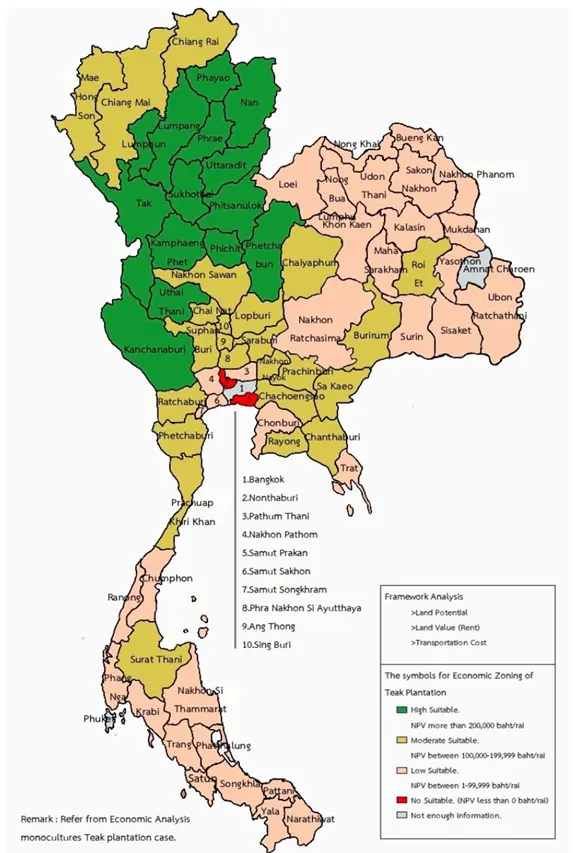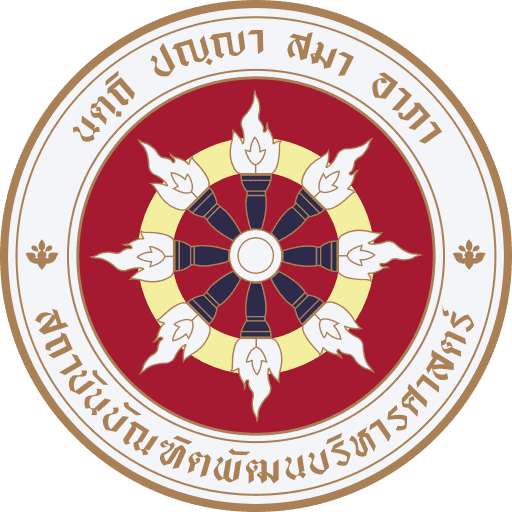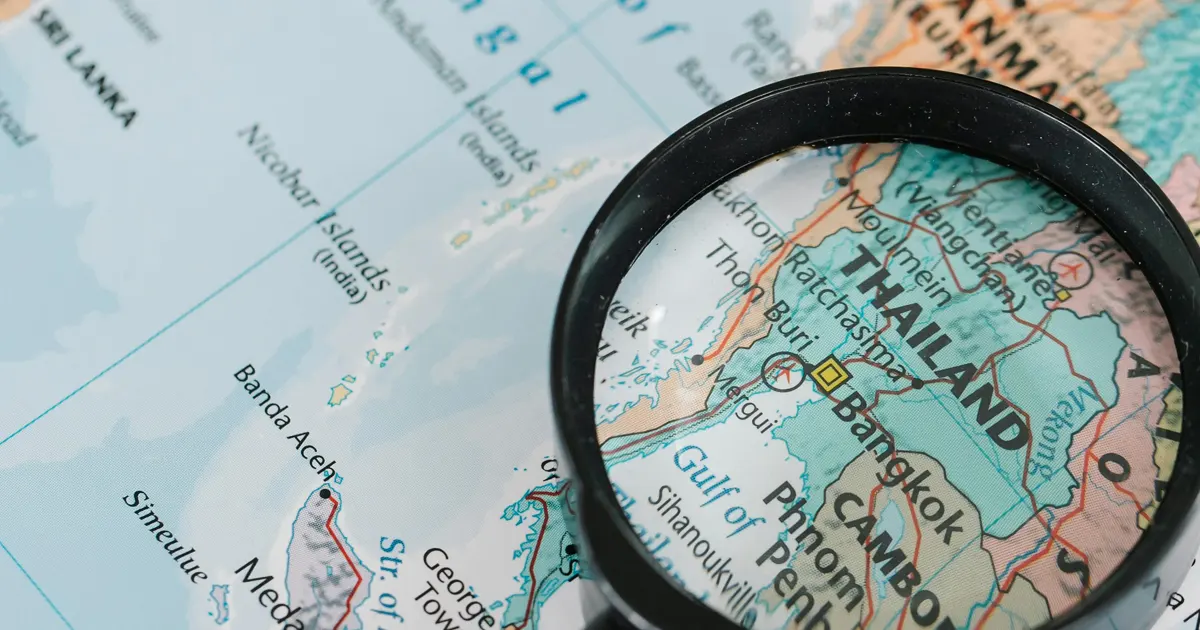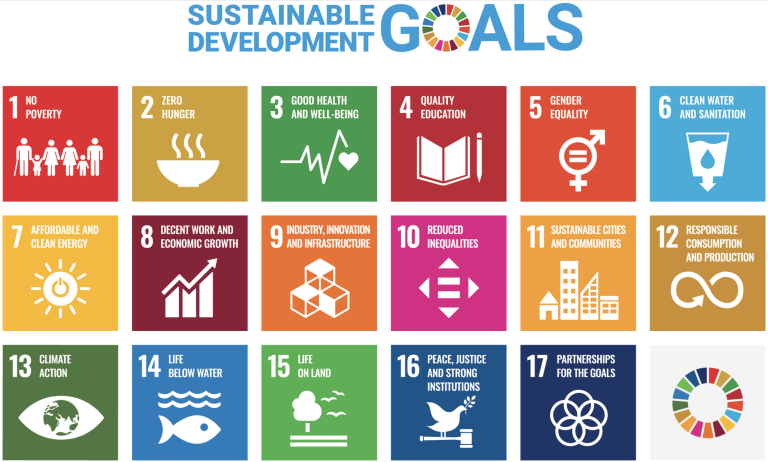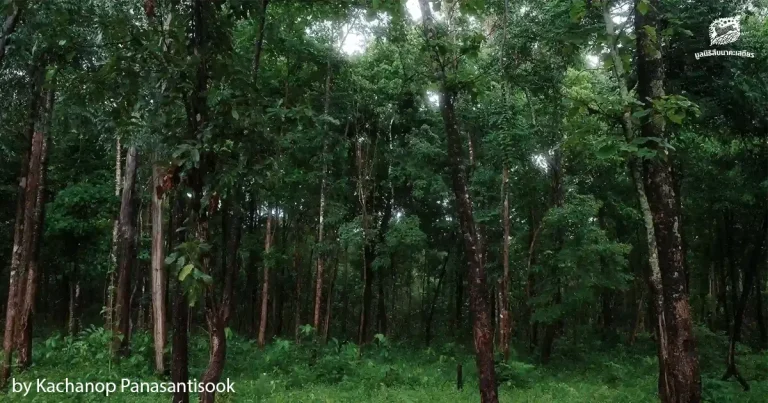A successful forest replantation depends on selecting the right forest location and managing forest logistics effectively. The suitability of the forest areas will determine the quality of the wood and its growth rate. Effective logistic management will help reduce operational costs.
Damrong Sripraram (2010) conducted a study on the geographical characteristics of different areas in Thailand and found that the northern region (green area) is the most suitable for teak plantations. However, the study did not consider the economic factors that would determine the economic feasibility.
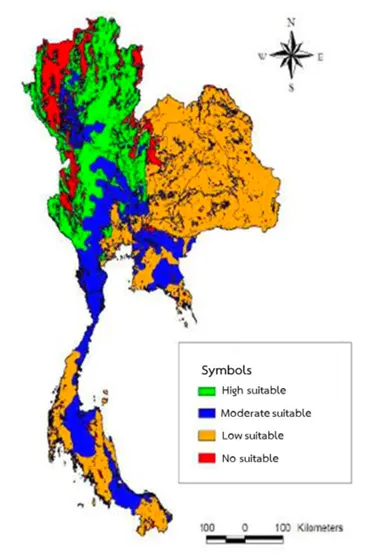
Our study uses the geographical teak areas suggested by Damrong Sripraram (2010) and adds three additional economic factors to determine which areas are economically suitable for teak plantations: land cost, transportation costs, and revenue from carbon credits. Our study shows that, based on the cost-benefit analysis, there are 15 provinces in the northern region of Thailand that are economically suitable for teak plantations. These 15 provinces can be declared as the Teak Zone for Thailand.
By establishing a Teak Zone, the government and private business operators can collaborate to establish the required infrastructure, obtain FSC certification (Forest Stewardship Council), and develop management networks. This will further enhance the economic potential of teak plantations in Thailand through economies of scale.
